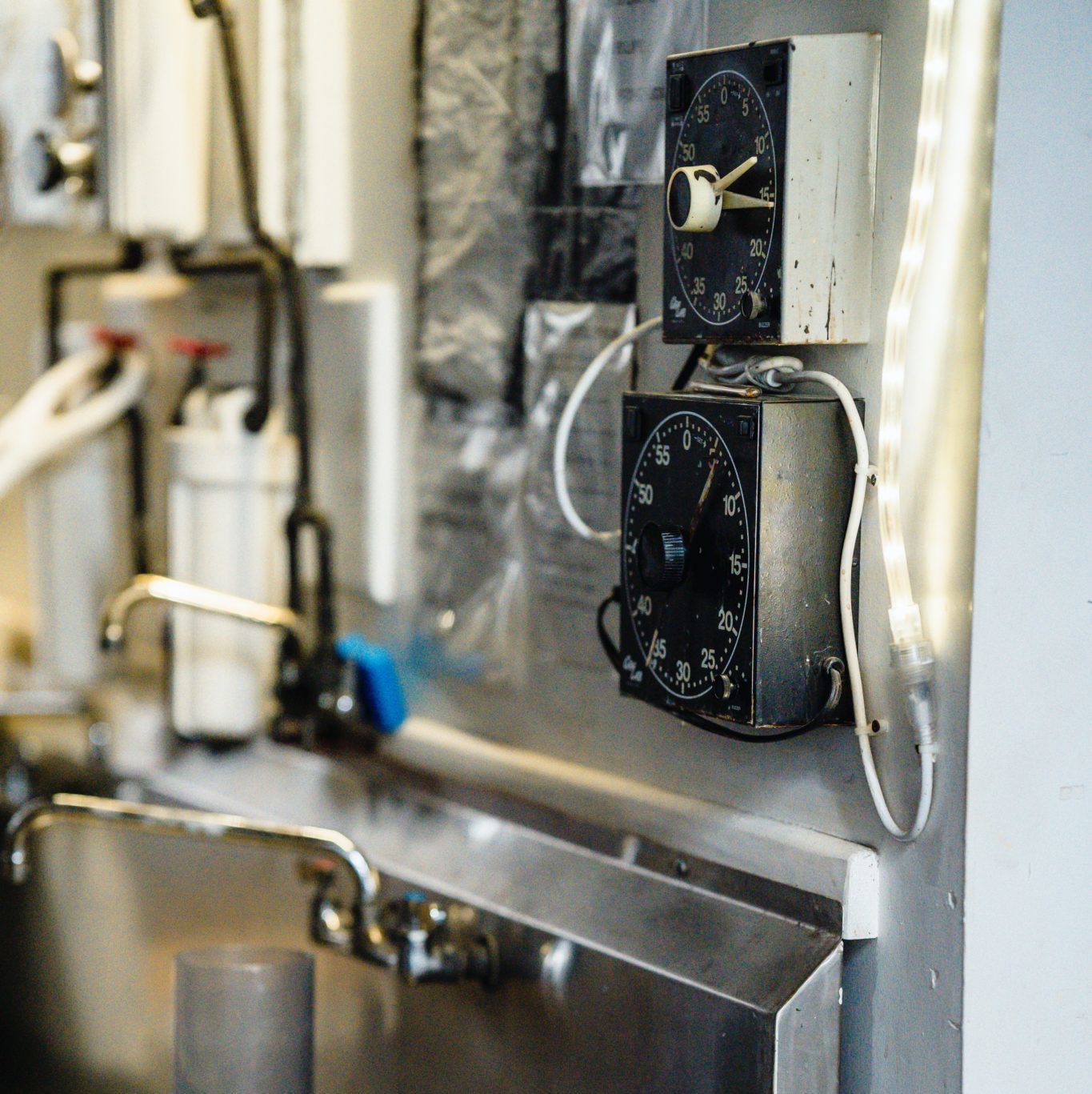
All manometers operate because variations in pressure will cause a liquid to rise or fall in a tube. This article will help you decide between the two primary manometer types, inclined and vertical manometers, and which is best for your application.
Vertical Manometer
The U-tube manometer is perhaps the most common type of manometer in use today. Just fill the tube until both sides are about half full. When the pressures are equal, the liquid column on either side will be the same height.
With both sides of the manometer open to the atmosphere, the fluid level on one side will be the same as the level on the other since P1 equals P2. A U-tube manometer filled with water can only measure very modest pressures.
Barometer
A barometer comprises a glass tube with one end shut off. The open end of an evacuated tube is submerged in an open container containing mercury. The pressure exerted by the mercury column is balanced by atmospheric pressure. The glass tube is pressure calibrated.
Mercury is used due to its high specific gravity. A mercury barometer must be at least 30 inches in height. A water-filled barometer would have to tower above 33 feet!
Inclined Manometer
An inclined manometer is a gently curved tube containing a liquid, often an oil mixture. Graduations run down the middle of the tube. Depending on the manufacturer, the graduations are usually in hundredths of an inch.
The manometer is placed in a gas draft flow by the user. The flow’s pressure presses against the interior liquid. The quantity of liquid displacement is observed and quantified through the graduations of the tube, yielding a pressure value.
Benefits
The angled manometer has many benefits. A small or low amount of pressure applied to the inclined manometer will cause a big liquid movement compared to the graduations on the tube. Graduation scales can be accurate to a hundredth of an inch. Furthermore, the inclined manometer’s simple form makes it a low-cost but accurate tool for measuring gas pressure on a daily basis.
The inclined manometer maintains correct pressure levels in industrial gas applications. Low-pressure industrial gas heats or cools manufacturing processes. An inclined manometer can find and fix gas system blockages. Other manometers may not detect the slight obstruction until the gas system is congested, requiring costly repairs.
Parts
In contrast to mechanical or electrical manometers, inclined manometers do not have any moving parts that can wear out or age. They must, however, be safeguarded from inadvertent drops. The tube is frequently made of glass, which allows for an extremely clear view of the internal liquid. Any defects or damage to the tube can compromise the manometer’s accuracy.
Calibrating
The inclined manometer’s accuracy makes it a precise tool for calibrating other gadgets, like an air conditioner’s pressure. The worker can insert the inclined manometer into the AC’s air flow. They can then regulate the air conditioner while watching the inclined manometer. The worker maintains exact air pressure through the AC system.
Mid-West Instrument
Midwest Instrument is an industry leader in manufacturing and designing differential pressure gauges, transmitters, and switches. With over 60 years of experience, you can rest assured that we have all the skills, time, equipment, technology and workforce to get you the best products in the industry. Feel free to contact us to learn how our products, including inclined and vertical manometers, can help you today!

